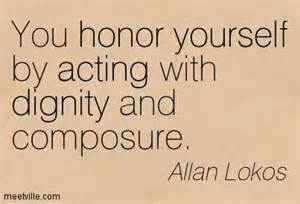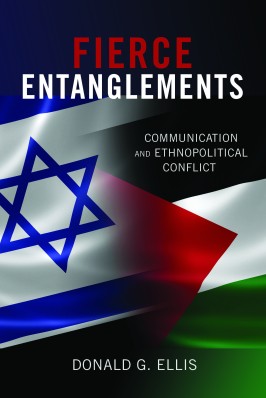
The below just needs to be said every once in a while.
An alarming number of Americans believe some Trumped up version of reality that is so far from the truth – and so outrageous – that you have to wonder what is happening to the political communication process. Of course, examples are easy: Hillary Clinton kept children in a basement, or Obama was actually born in Kenya and is not a “real” American, or Covid vaccinations are a government plot, ad infinitum. At first blush you just figure that these people are playing with you, that they don’t “really” believe such things. But then you discover that they are serious, and their delusions are legion.
And the majority of these theories are right wing theories that seem to be most susceptible. A band of conservatives who dislike a political candidate for a parallel reason are available for the next delusion. A common refrain is to “think for yourself.” They are encouraged to find information, process the information, and come to a conclusion. Consequently, to “be your own man” is somehow associated with an individualism and is sufficiently justificatory such that simply convincing yourself that you “thought for yourself” is good enough. I have an opinion and by God I’m going to stick to that opinion simply because it is mine.
I do the opposite. I tell the holder of these inaccurate beliefs to get their opinions from someone else. Don’t think for yourself because that will just lead you down a crooked path besieged on both sides by bad information, inaccurate facts, warped conclusions, and a general bias that reflects pre-existing attitudes that work like barriers to more defensible reasoning. This is no trivial matter because the people in the news who are delusional are not only the likes of QAnon, The Proud Boys, or evangelicals selling redemption for votes. Rather, they are prominent politicians, media figures, corporate leaders and their foundations, and yes US senators and congress men and women.
It is true enough that the left has some share of exaggerations about say political conspiracies, corporate plots, or climate change. But it is safe to say, and I believe this can be defended with empirical precision, that leftist and more liberal groups are not making wildly fringe arguments based on “the big lie” or Jigged-up fear about government plots in control of your body. Democrats are simply more likely to rely on science and trust the authority of experts along with an increased willingness to deliberate and subject ideas to the best forms of analysis and criticism.
Finally, we should not ignore the role of education with respect to reasoning and decision-making as well as recognizing false argument and various biases. Citizens in a democracy must learn how to make the best decisions possible and utilize the tools of reason and science as well as the humanities. Improving one’s ability to strengthen opinions takes time and experience. The education process is the best way to spend that time and gain that experience.
I would recommend the following book as an excellent place to grapple with these issues.
Steven Nadler and Lawrence Shapiro (2021). “When Bad Thinking Happens to Good People.” Princeton University press.






